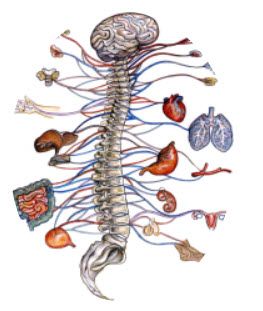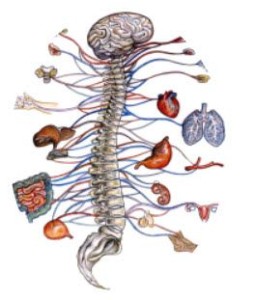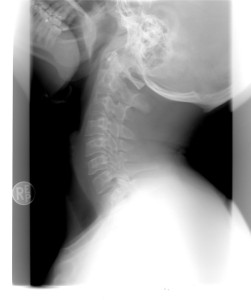 Chiropractic clinical case histories have been a regular feature of our patient newsletter since its inception. There seems to be no limit to the health problems that respond to chiropractic care. How many people suffering, on drugs, facing a life of limitation could be helped by chiropractic care?
Chiropractic clinical case histories have been a regular feature of our patient newsletter since its inception. There seems to be no limit to the health problems that respond to chiropractic care. How many people suffering, on drugs, facing a life of limitation could be helped by chiropractic care?
Probably most of them.
Morton’s neuroma.
Morton’s neuroma is a nerve tumor in the foot. It is a painful condition that people describe as “walking on a marble.” It usually affects the ball of the foot, often between the 3rdand 4th toes and may cause a sharp, burning pain or numbness. The medical or podiatry approach is to give corticosteroid (cortisone) injections or surgically to cut out the tumor.
This is the case of a 63-year-old woman who suffered with Morton’s neuroma in her right foot for ten years. She sought chiropractic care for a variety of health complaints.
For one month her vertebral subluxations were addressed and reduced using specific chiropractic care. During this period her Morton’s neuroma symptoms completely disappeared and in addition she reported improvement in her digestion, sleep and ability to move without pain.
Source: Lanoue B, Treahy-Geofreda T, Russell D.Resolution of Morton’s Neuroma in an elderly patient receiving Activator Methods Chiropractic Technique to correct subluxation: a case study. Annals of Vertebral Subluxation Research. January 4, 2016:1-5.
Failure To Thrive
Oral thrush and inconsolable crying in a 4-month-old. This is the case of a baby medically diagnosed with “failure to thrive” (FTT). FTT is determined when a baby’s weight or size is significantly below that of other children of similar age and same gender. The infant was reported to have had birth trauma from a nuchal cord – the umbilical cord was completely wrapped around the fetal neck (360 degrees).
The child was 4-months-old when she was brought to the chiropractor. She was suffering from inconsolable crying, oral thrush (an overgrowth of the fungus candida albicans in the mouth and throat), chronic diarrhea and was dangerously underweight.
Chiropractic examination detected vertebral subluxations at C1-C4 (upper neck) and T3-T4 (upper back).
She received chiropractic adjustments from the first visit and afterwards was checked for vertebral subluxations that were corrected when indicated for seven weeks. Her FTT symptoms began to resolve after the first visit and completely resolved by the seventh week of care.
Source: Neally R, Alcantara J. Resolution of failure to thrive in a 4-month-old infant following adjustment of subluxation: case study & selective review of the literature. Journal of Pediatric, Maternal & Family Health – Chiropractic. 2015;4:149-153.
Hypothyroidism reduction under chiropractic care.
A 44-year-old woman presented herself to the chiropractor with complaints of upper shoulder and pain between the shoulder blades that occurred after a motor vehicle accident 23 years earlier!
In addition, she had been prescribed ArmourThyroid® in order to treat symptoms of low thyroid function (hypothyroidism).
Cervical or neck x-rays revealed that she had an 80.7% loss of normal neck curve (hypo-lordosis) in addition to vertebral subluxations.
The patient received spinal adjustments to reduce her vertebral subluxation complexes (VSC), and to improve her spinal and postural alignment over a seven-month period.
Thirty days into care the patient began exhibiting signs/symptoms of an overactive thyroid (hyperthyroidism). Her chiropractor suggested that she have her thyroid function checked by her endocrinologist to see if her prescribed thyroid medication should be re-evaluated. After serum lab evaluation, the patient’s endocrinologist instructed the patient to significantly reduce her thyroid medication.
Source: Bak AD, Engelhardt PR. Improvement in cervical curve and hypothyroidism following reduction of subluxation utilizing chiropractic Biophysics: a case study & selective review of the literature. Annals of Vertebral Subluxation Research. December 10, 2015:226-237
We’d like to hear about your experiences with chiropractic care.
 Answer: Ask different people what chiropractic care is for and you’ll hear:
Answer: Ask different people what chiropractic care is for and you’ll hear:





